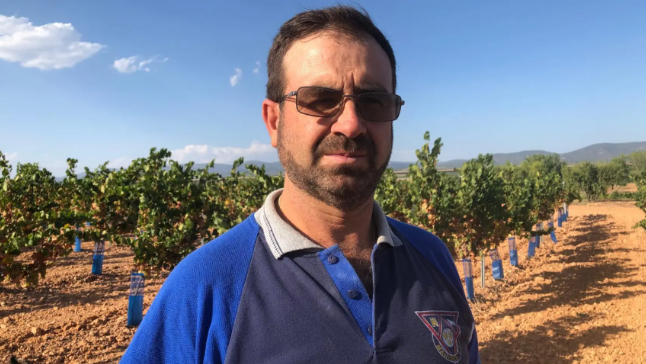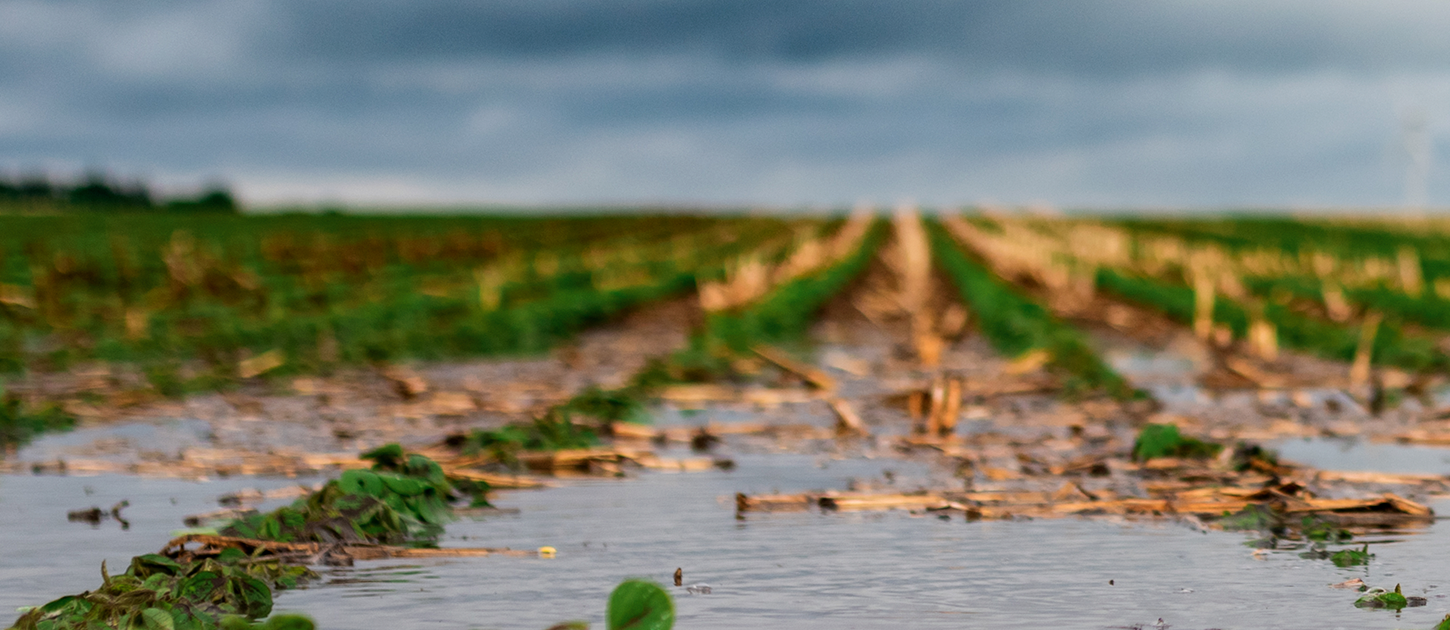'Emotionally exhausted'
Farmers rebuilding after the disastrous Spanish floods
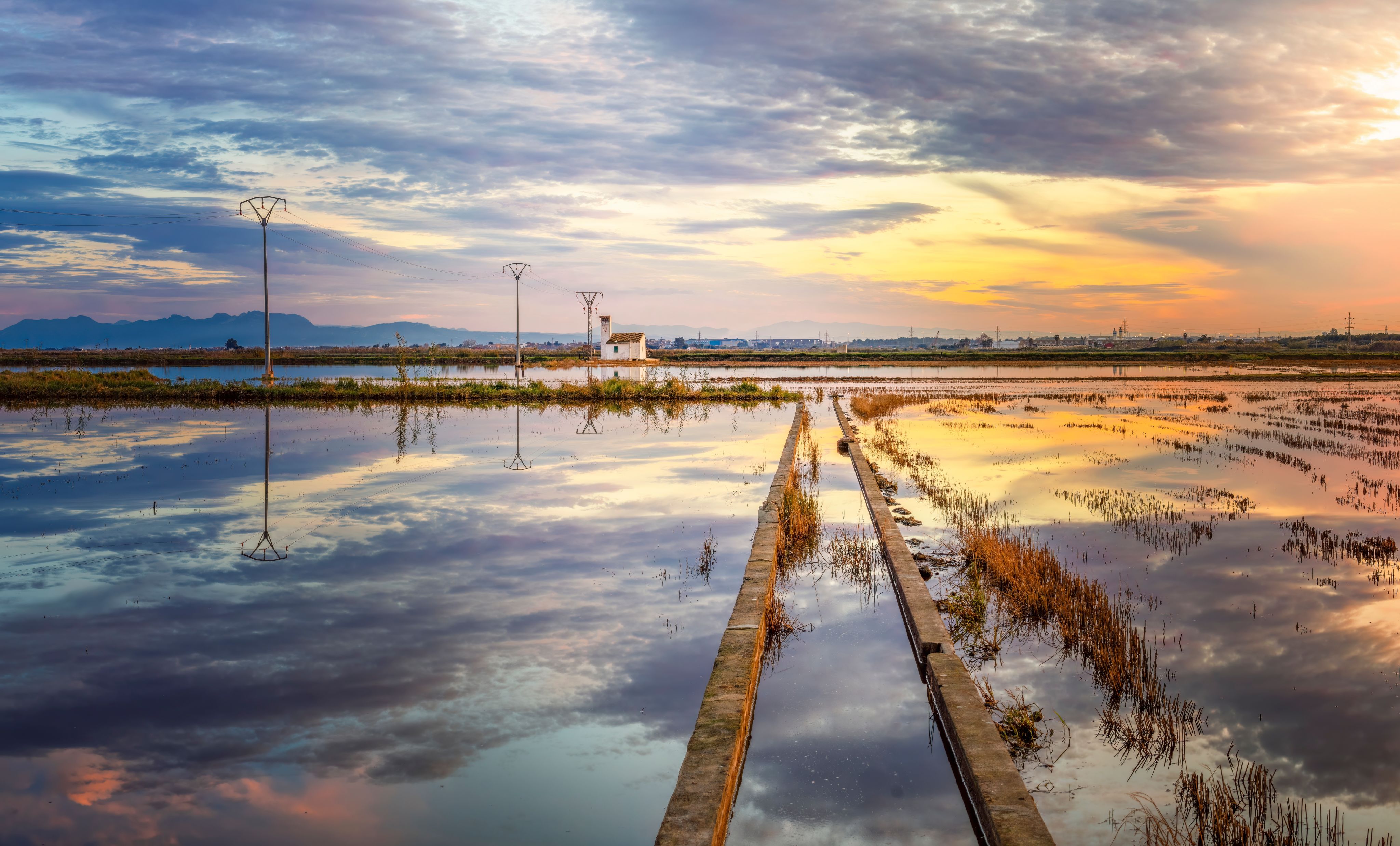
Spanish grower Luis Julián Pérez is still clearing the debris that floodwater trailed across his 36-hectare farm last October. That was four months ago.
The vineyards, almond and olive crops on his 36-hectare farm were battered by the worst flash flooding Spain had seen in decades. More than a year’s worth of rain fell in just a few hours.
Pérez farms in the region of Valencia, the area hit hardest by the floods. Entire structures and trellises toppled over at the farm and the precious topsoil that nurtures his crops was washed away.
Luis Julián Pérez farms almond and olive crops on 36 hectares in Valencia.
Luis Julián Pérez farms almond and olive crops on 36 hectares in Valencia.
“I am emotionally exhausted,” he says.
“Seeing a production that was in its prime full of reeds, trees, disturbed earth...it is devastating.”
Widespread agricultural impact
Compared to some of his farming peers, Pérez could be considered lucky — he had already harvested his crops when the heavy rains began. Others weren’t so fortunate. Agroseguro, a group of Spain’s major insurance companies, has estimated the damages at US $167 million.
The deluge transformed fertile fields into lakes, sweeping away entire harvests like driftwood. Citrus crops were the most affected, with more than 40 percent damaged in the flooding. Spain is the world's top citrus grower, with Valencia accounting for nearly two-thirds of national production.
Pérez says the scale of the damage to his farm is “difficult to quantify”.
The disaster struck during an already challenging year. Months of bone-dry growing conditions, low commodity prices and the ongoing war in Ukraine meant many farmers were already struggling. Pérez's farm is just one of an estimated 42,000 affected by the deluge.
He must clear the debris, restore his soils and rebuild the structures – all before he can plant again. “Everything is going to cost a lot.”
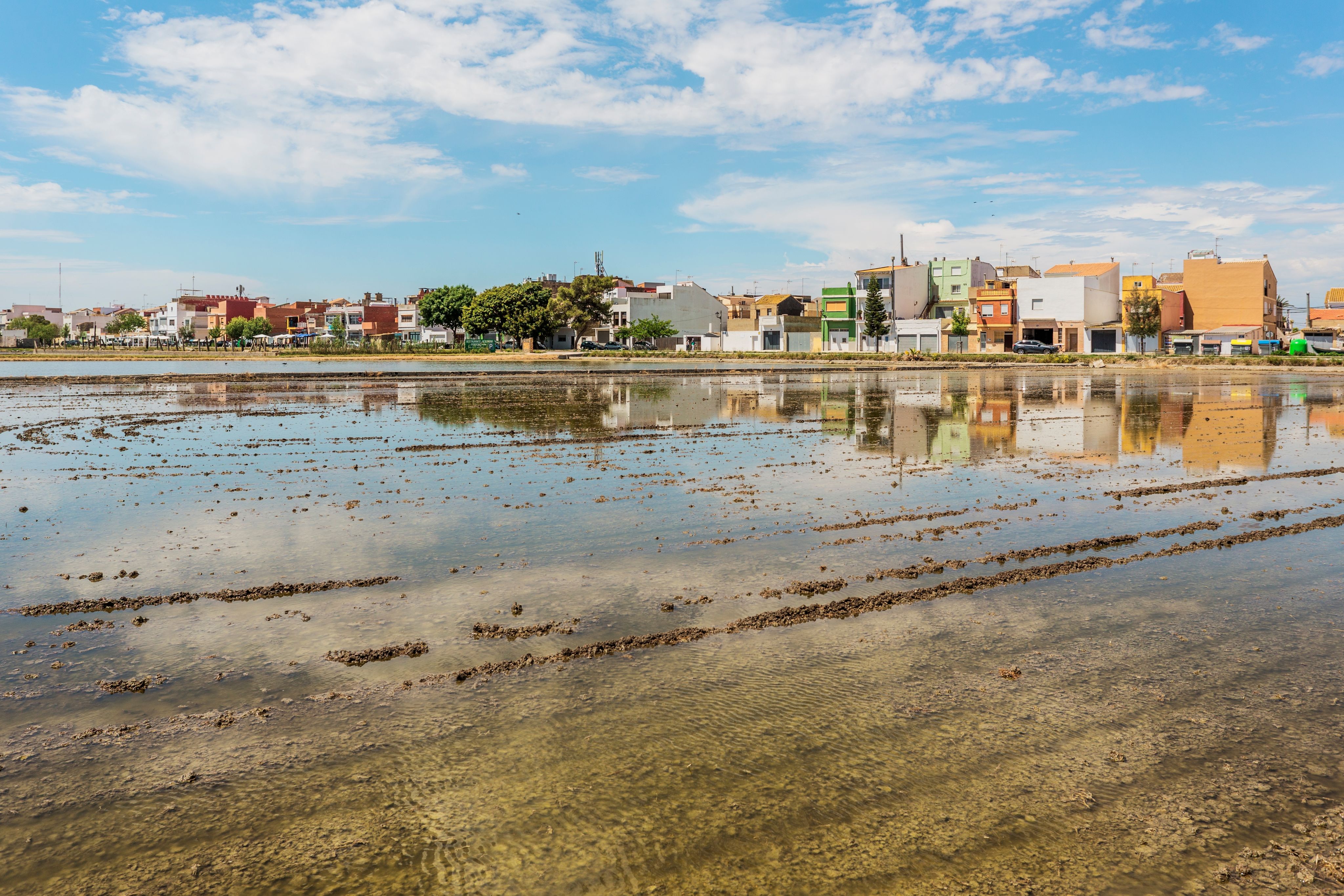
Battling to restore soil health
Pérez plans to replant his crops in the spring. But first, he must rebuild his structures and restore his soils back to health.
“The flood has taken away a lot of topsoil that has organic matter, essential for the life of crops,” he says. “Elsewhere it has left piles of washed away dirt. All this must be equalized.”
Flooding can fundamentally alter the composition of soil. When soil is saturated, it cannot supply plants with the oxygen and essential nutrients they need to thrive.
Too much rain can wash away key nutrients from soils, affecting crop growth and yields.
Too much rain can wash away key nutrients from soils, affecting crop growth and yields.
Too much rain can literally wash away critical nutrients, including nitrogen, from soils, stunting crop growth and yields. Eroded soil can bury young seedlings before they have a chance to peek through the earth.
And as farmers like Pérez rebuild their farms from the soil up, they must rebuild the essential lifeforms found in the soil itself. For example, mycorrhizae, or beneficial fungi in the soil grow alongside plants, trading nutrients and water in exchange for sugar in a symbiotic relationship.
Flooding can destroy these fungi, which then must be cultivated again.
The challenges don’t end there. “There could be problems due to root rot, overturned trellises,” Pérez says of his next planting.
“I don't know how the vascular system of the plants is going to work, if they will hold up or if they will have to be replanted.”
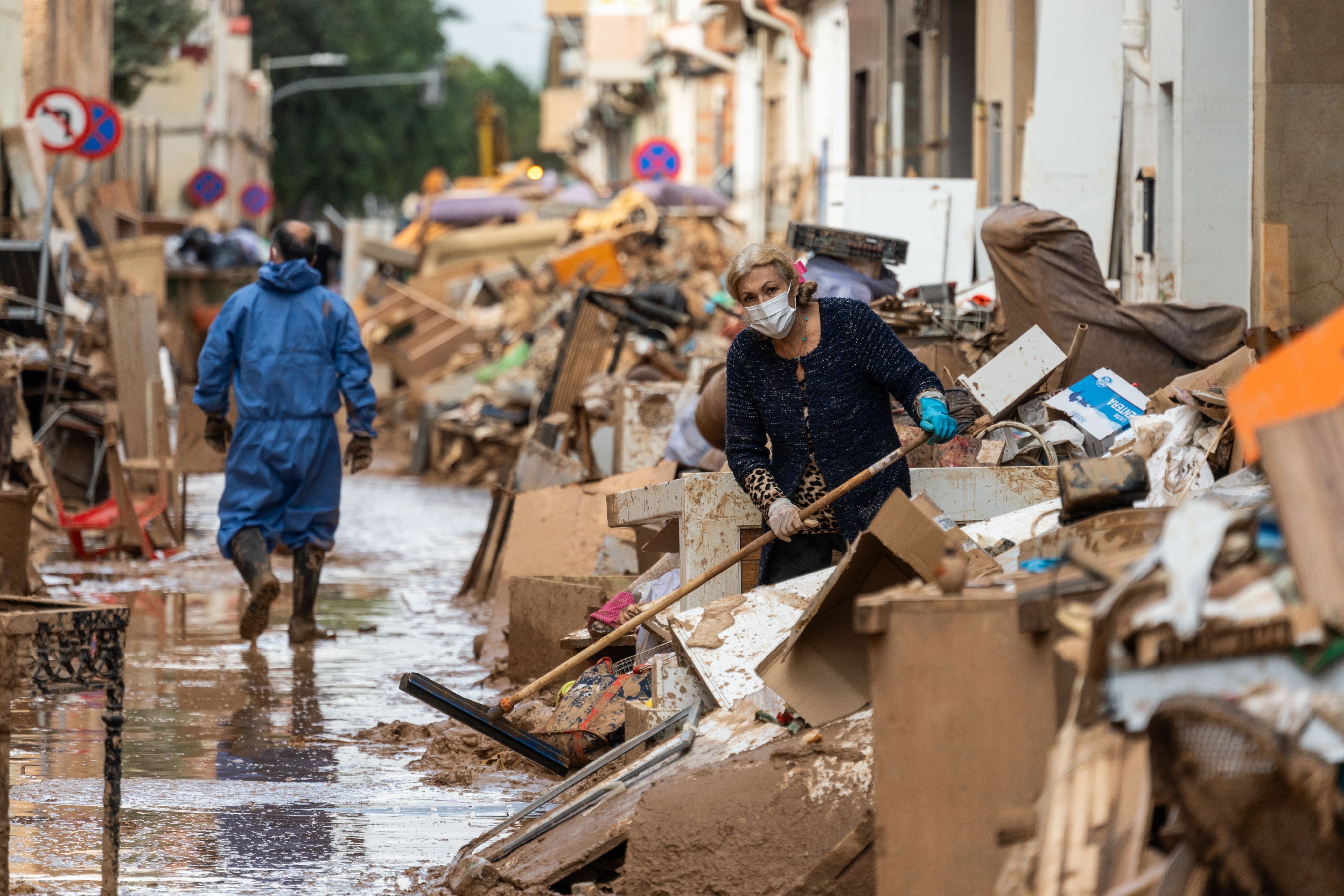
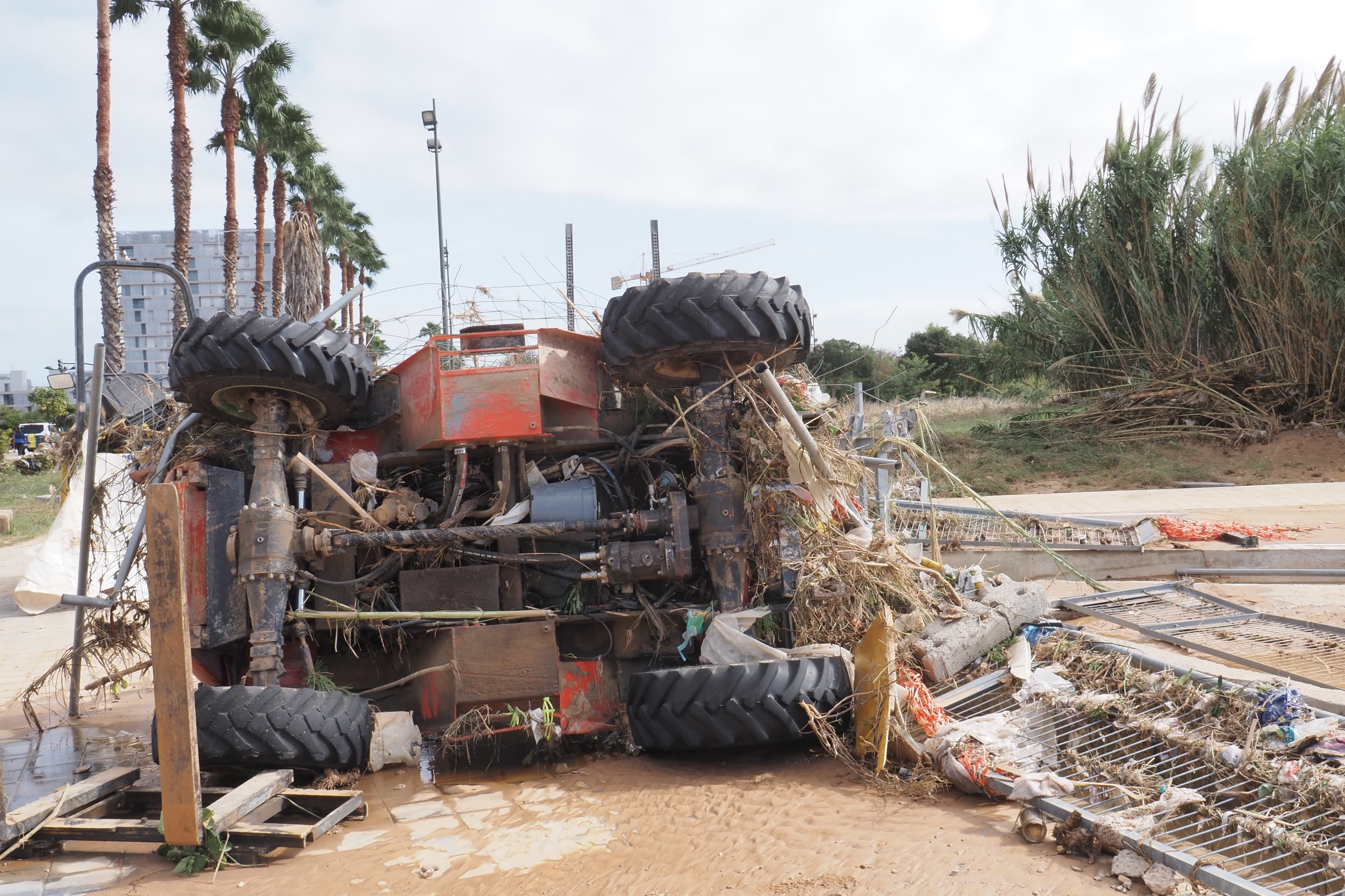
Cleanup efforts
In the immediate wake of the event, Spain’s agriculture sector rallied together with volunteers in getting boots on the ground, mucking in and cleaning up – including volunteers from Syngenta.
María Dolores Delgado, Syngenta's Europe Regulatory Manager for Herbicides and a Valencia local, has been supporting the cleanup efforts in the villages of Sedaví and Alfafar.
“The amount of work to be done is immense, she says. “Every day hundreds, rather thousands, of volunteers are moving to the affected areas.”
Syngenta has matched employee donations to contribute US $17,700 to the Red Cross’ dedicated flood relief fund.
Looking forward
The enormity of the destruction highlighted the need for better preparedness against extreme weather events. “It is important to develop protocols on how to act in the event of a weather alert, whether for rain, floods or wind.
“Or, if they already exist, to reinforce education about them,” Delgado says.
Longer term, farmers can build resilience by adopting regenerative techniques. Cover crops like legumes can act as a natural barrier, protecting soil against heavy rain while enriching it between crop rotations.
Despite the devastation, the community’s response has been heartening. Food and donations of necessities have poured in.
“Many people have come to help from all corners of Spain,” Delgado says. “I want you to know that we, the people affected and the volunteers, appreciate it very much.”
